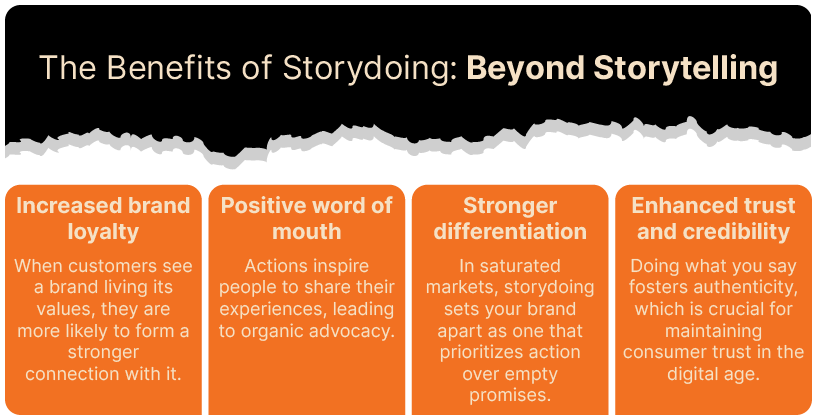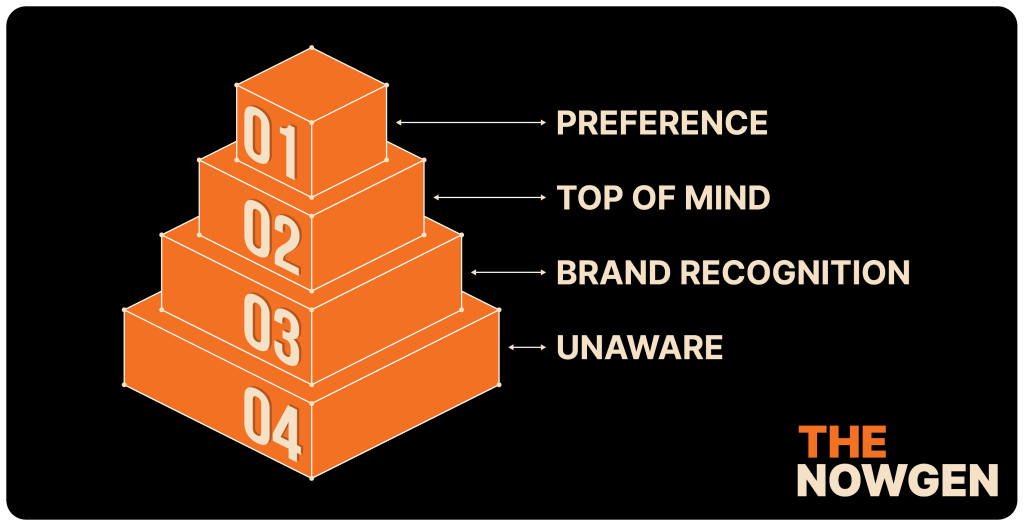
A silent revolution is sweeping through consumer behavior, making waves across industries. People are spending less, thinking more, and redefining their relationship with consumption. This growing movement, known as the “No Buy” trend, is not just a fleeting fad; it’s a profound cultural shift.
This presents a stark reality for businesses: adapt or risk becoming irrelevant. Traditional marketing tactics no longer hold the same sway, and consumer priorities are evolving unprecedentedly. To stay ahead, brands must rethink their strategies and embrace a new paradigm of mindful spending and sustainability.
Decoding the “No Buy” Trend: More Than Just a Budgeting Hack
At its core, the “No Buy” trend revolves around a simple yet powerful idea: conscious spending. People opt to pause unnecessary purchases for a set period—often an entire year—to curb impulse buying, build financial discipline, and resist the endless cycle of consumerism.
But this is about more than just saving money. There are deeper psychological and societal forces at play:
- Sustainability Concerns – Consumers are increasingly aware of the environmental impact of overconsumption.
- Economic Pressures – Inflation, wage stagnation, and financial uncertainty make excessive spending impractical.
- Minimalism and Mindfulness – Pursuing a more straightforward, clutter-free lifestyle is gaining traction.
Industries like fashion, retail, and luxury goods feel the pinch as consumers rethink their buying habits. The shift isn’t just about spending less—it’s about spending smarter.
Why Businesses Are Feeling the Impact
For decades, brands relied on a tried-and-tested formula: create desire, fuel demand, and drive sales. However, in an age where consumers actively resist impulsive shopping, this model is rapidly losing effectiveness.
The consequences?
🔻 Declining consumer demand – Online and offline retailers are witnessing a slowdown.
📉 Marketing fatigue – Traditional advertising methods are failing to capture attention.
🚨 Brand crises – Companies that resist adaptation risk financial losses and fading relevance. Some businesses have already felt the sting. Case studies of once-thriving brands reveal a common theme—those that failed to evolve have suffered significant setbacks. Meanwhile, companies that embrace change are finding innovative ways to connect with consumers on their terms.
How Brands Can Pivot and Thrive in a “No Buy” Economy
Surviving the “No Buy” era isn’t about resisting change—it’s about aligning with it. Brands must shift their focus from aggressive selling to delivering real value. Authenticity is paramount; consumers now favor companies that champion sustainability, ethical production, and long-term utility over fleeting trends. Traditional advertising is losing its grip, making community-driven engagement through storytelling and word-of-mouth marketing more effective than ever. Innovation must be redefined—not by endless product launches, but by emphasizing quality, durability, and mindful consumption. Beyond the sale, brands can solidify loyalty through educational content, meaningful loyalty programs, and experiences that empower rather than pressure consumers. Those who fail to adapt risk irrelevance, while those who embrace this shift will shape the future of consumerism.
What Lies Ahead? The Future of Consumer Spending
Is the “No Buy” trend here to stay? While its exact trajectory remains uncertain, all signs suggest that conscious consumerism will continue shaping the market for years.
🚀 Technology and digital experiences will redefine how people interact with brands.
🌍 Sustainability will become a non-negotiable expectation, not just a bonus.
📊 Transparency and ethics will be key differentiators between thriving and struggling companies.
Businesses that want to stay relevant must evolve continuously. Success will be marked by adaptability, consumer-centricity, and a commitment to genuine value.
Final Thoughts: Adapt or Be Left Behind
Ignoring the “No Buy” movement is no longer an option. In the years ahead, brands that recognize and respect this shift will survive and flourish.
The message is clear: listen to consumers, embrace change, and rethink what it means to provide value. Those who do will emerge stronger, more resilient, and better positioned to navigate the ever-changing landscape of modern consumerism.
Are you ready for TheNowGen?























